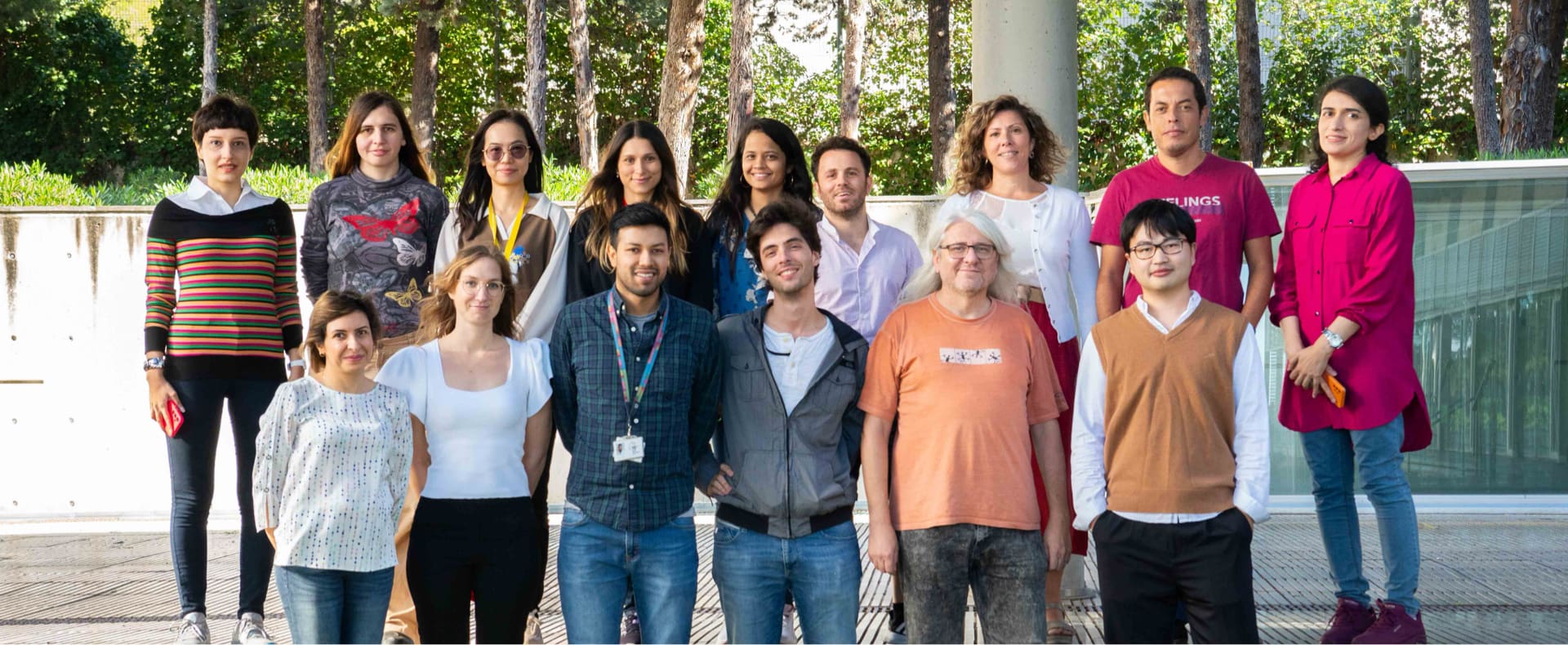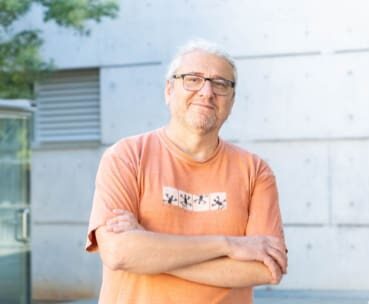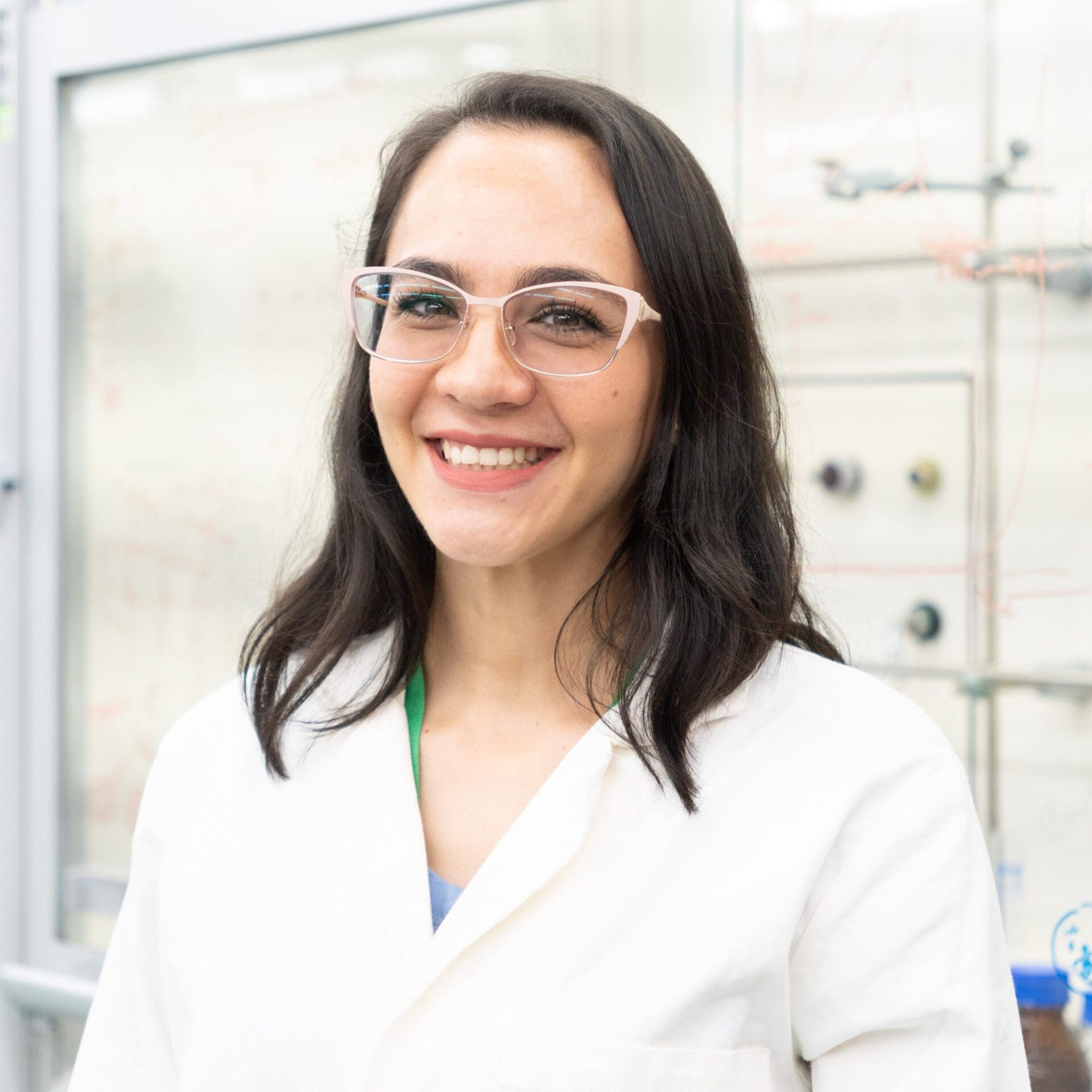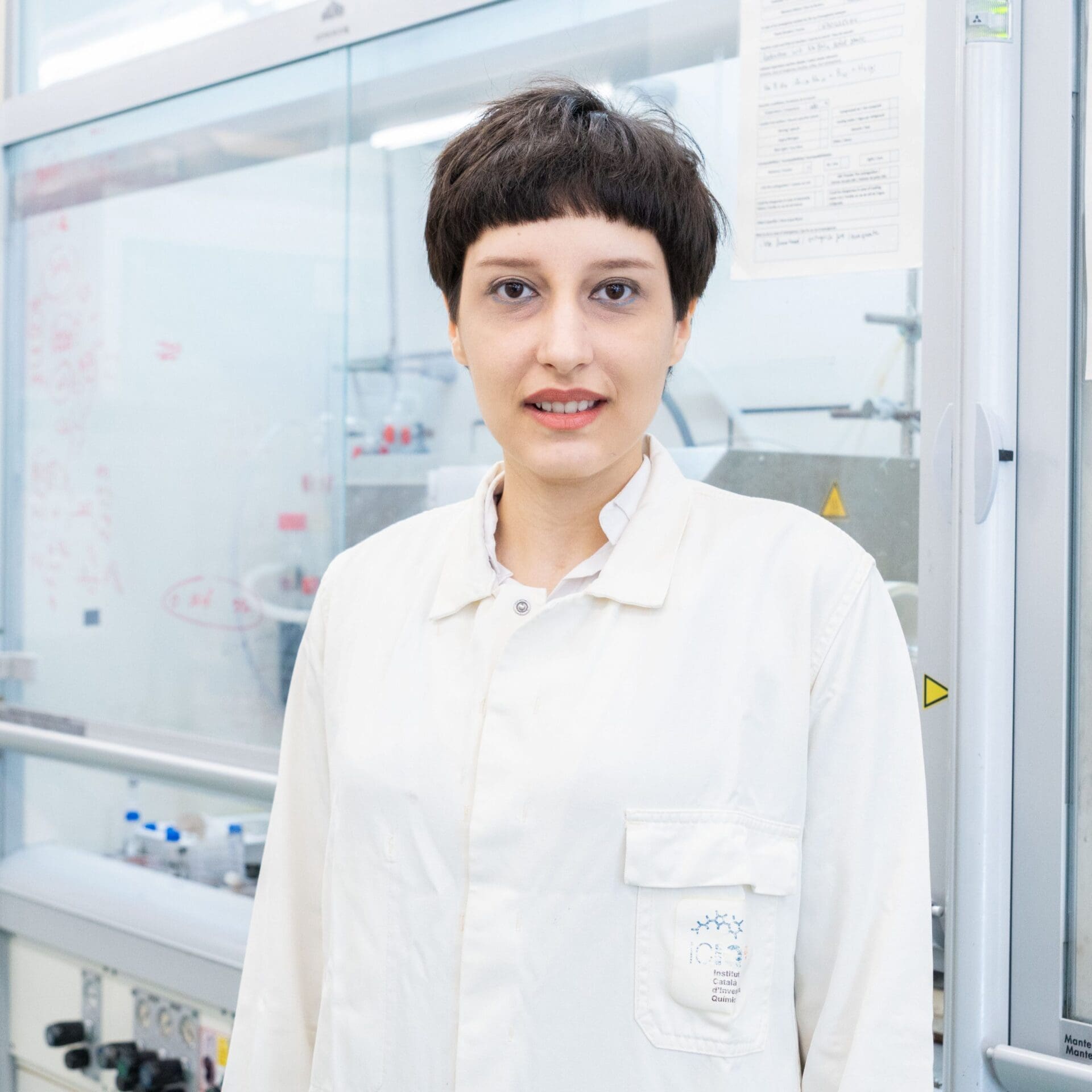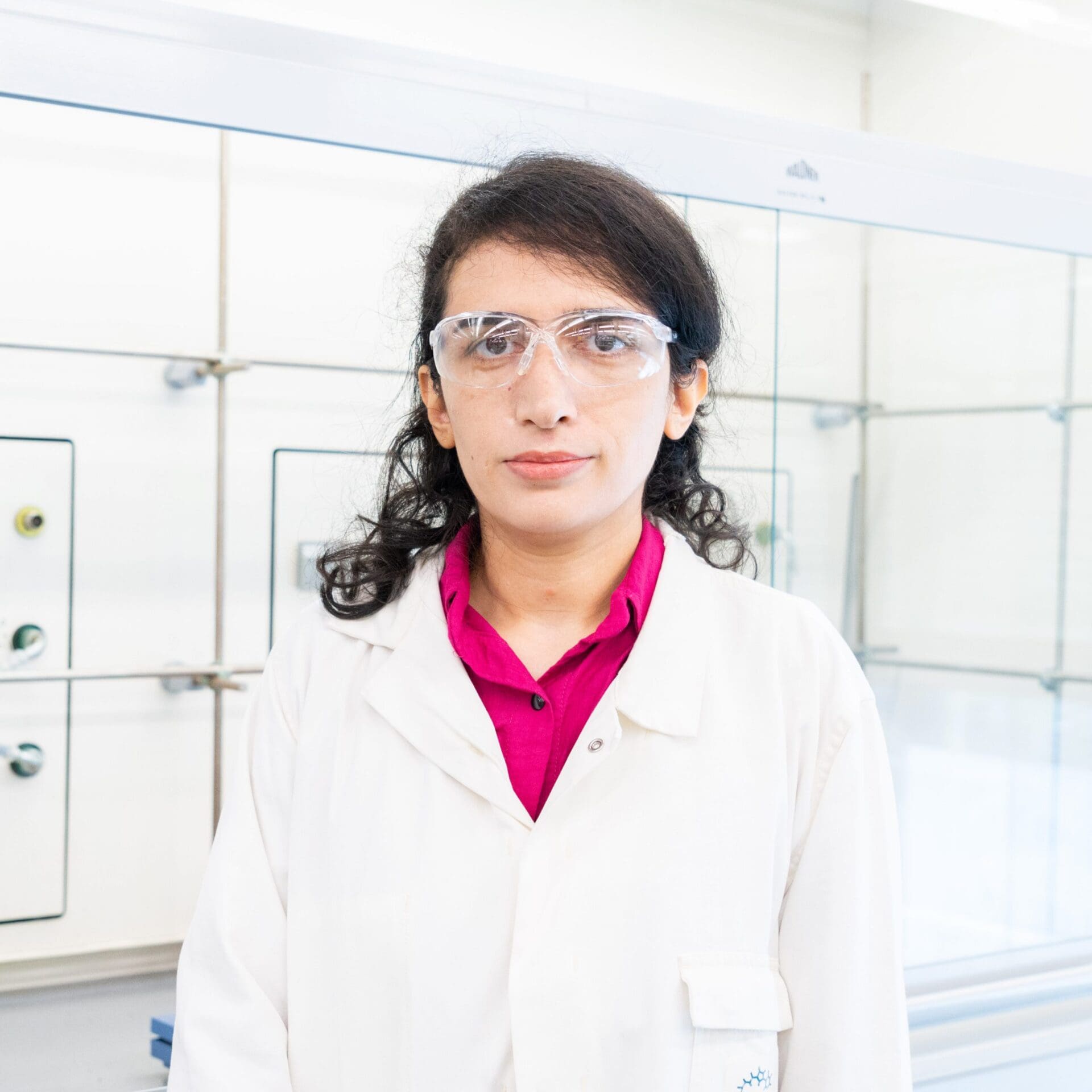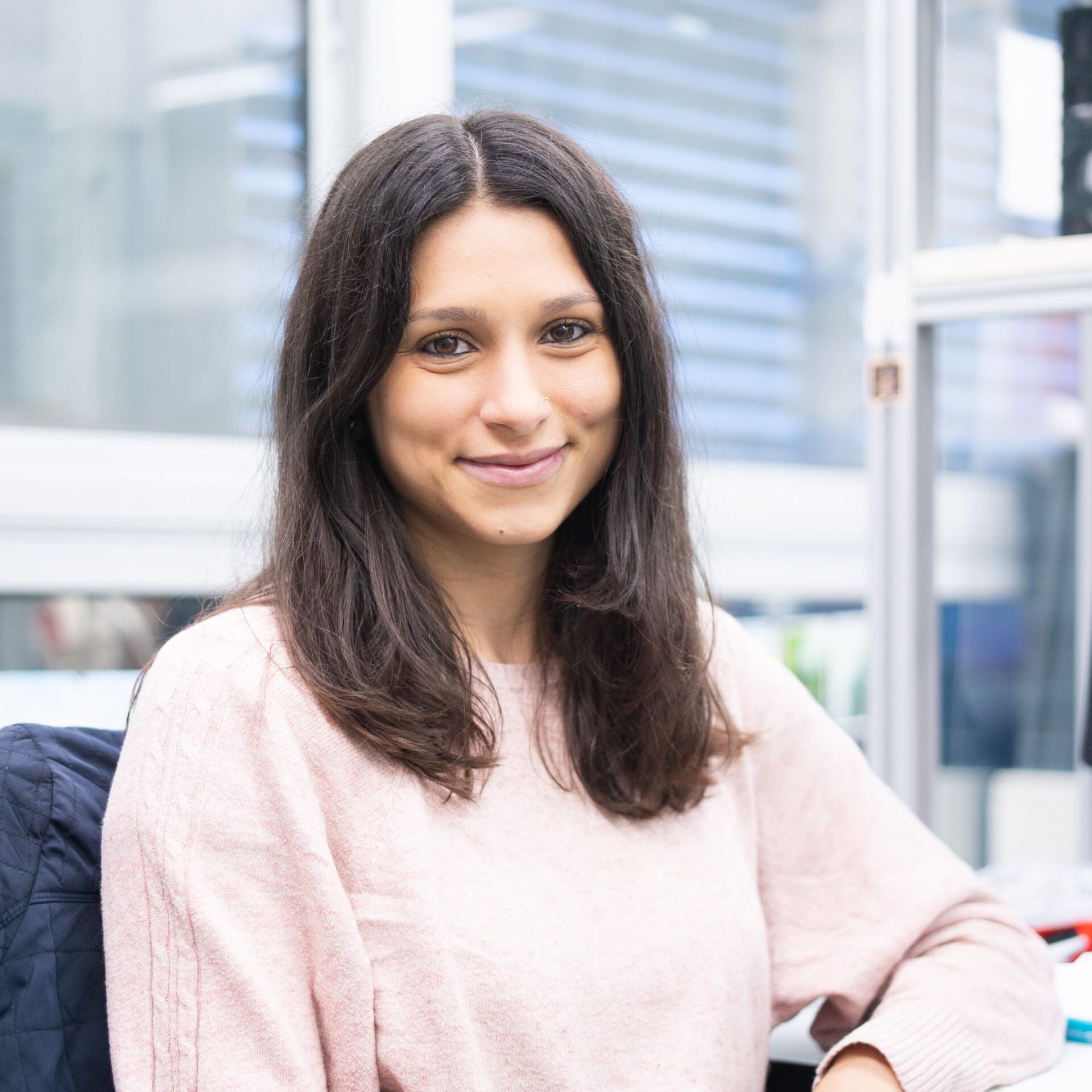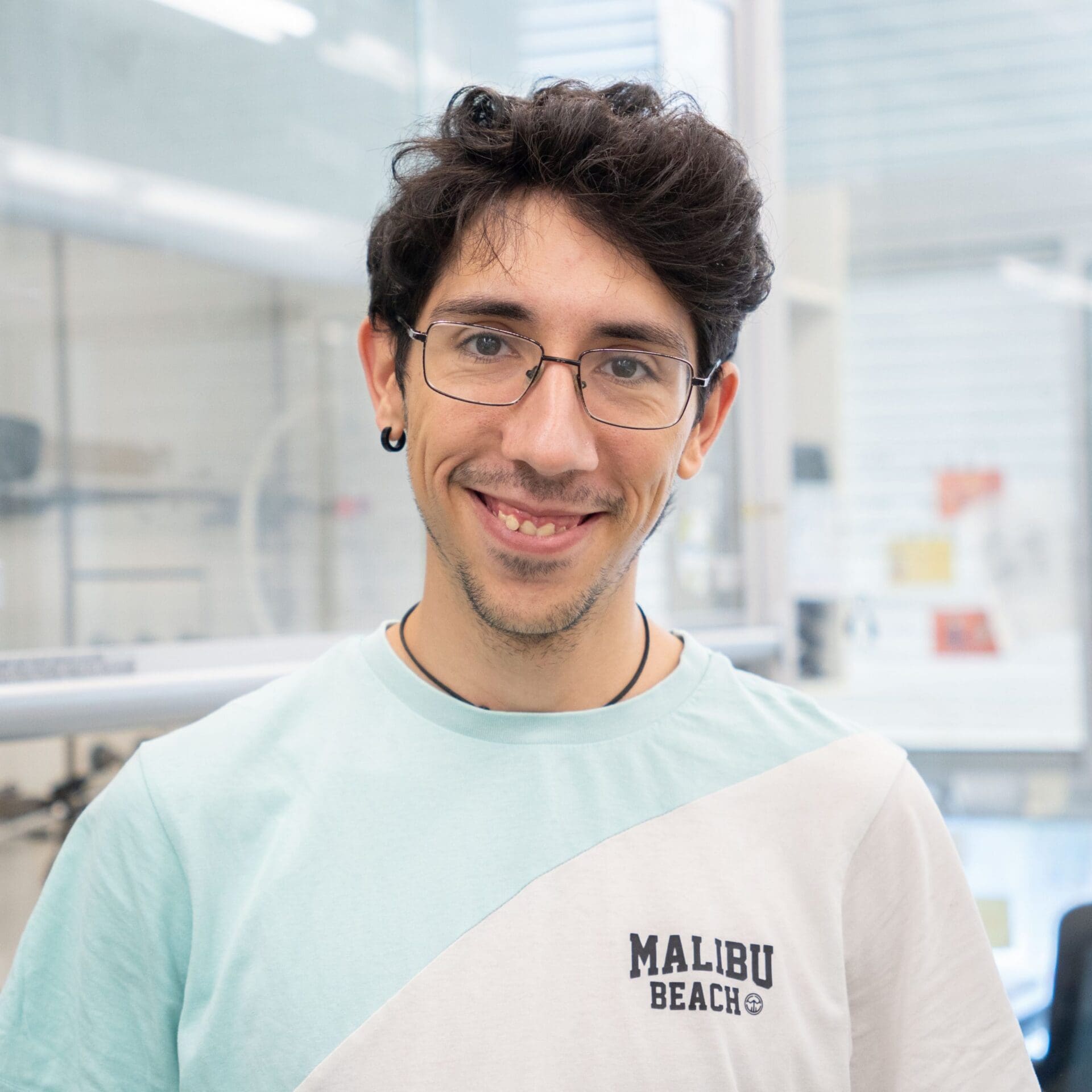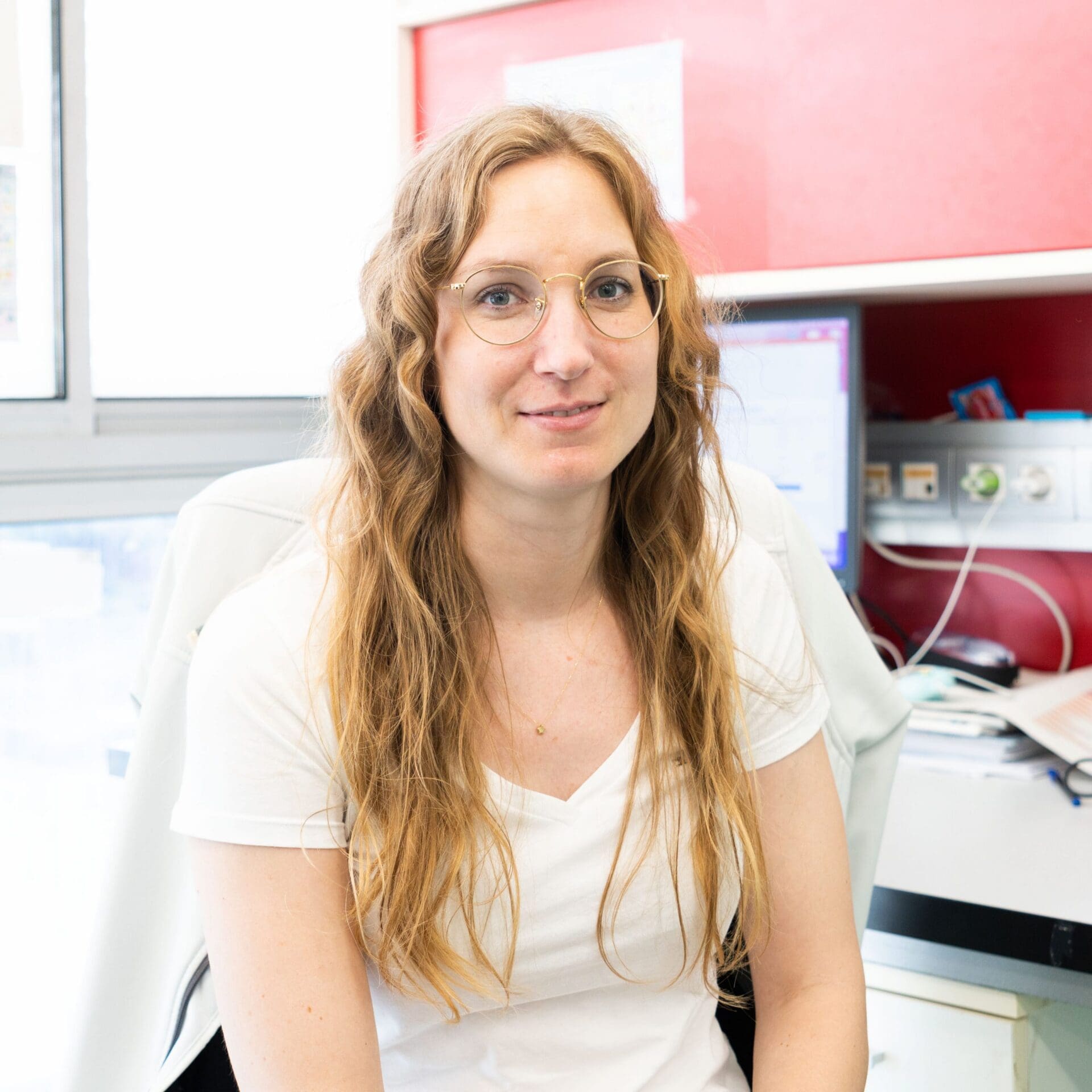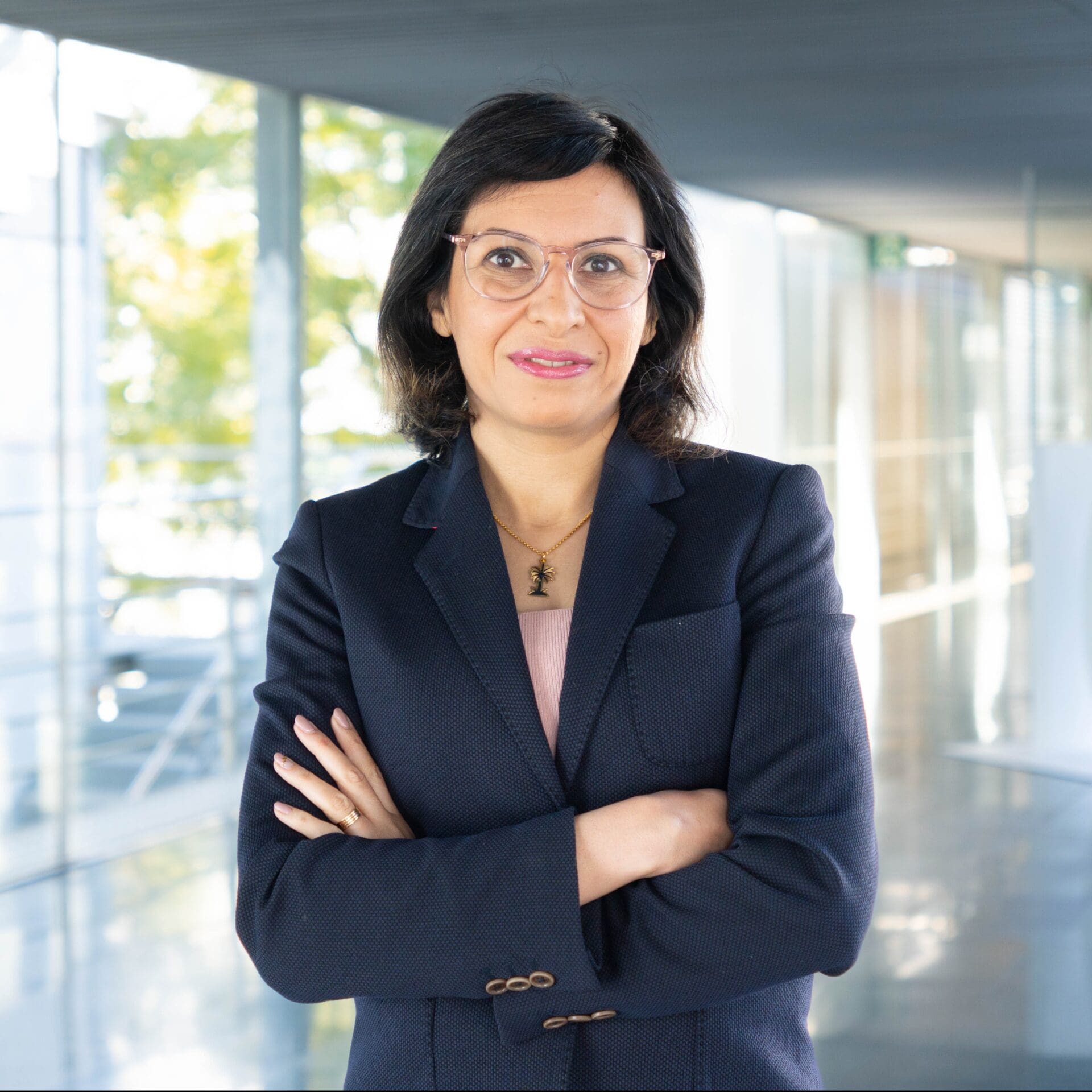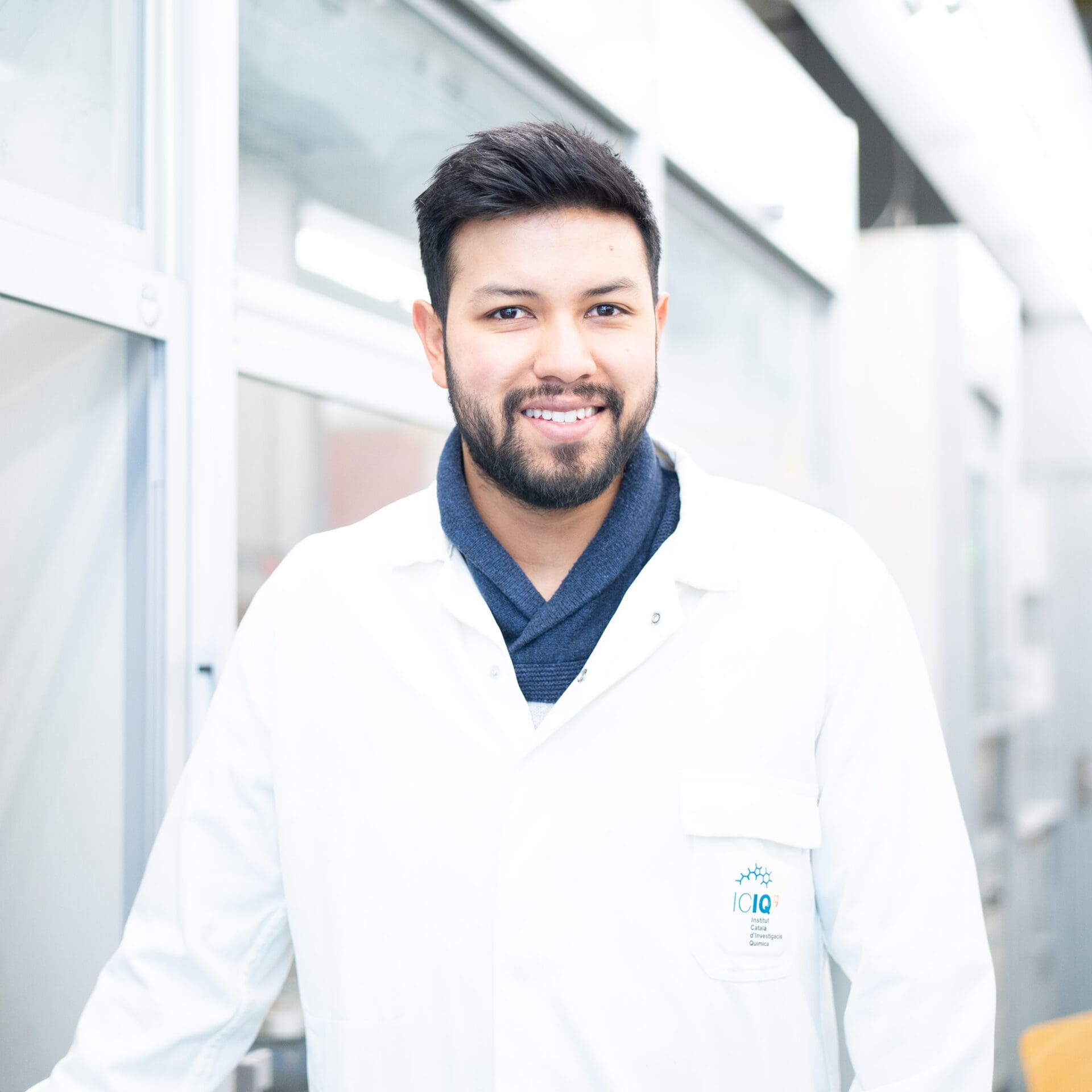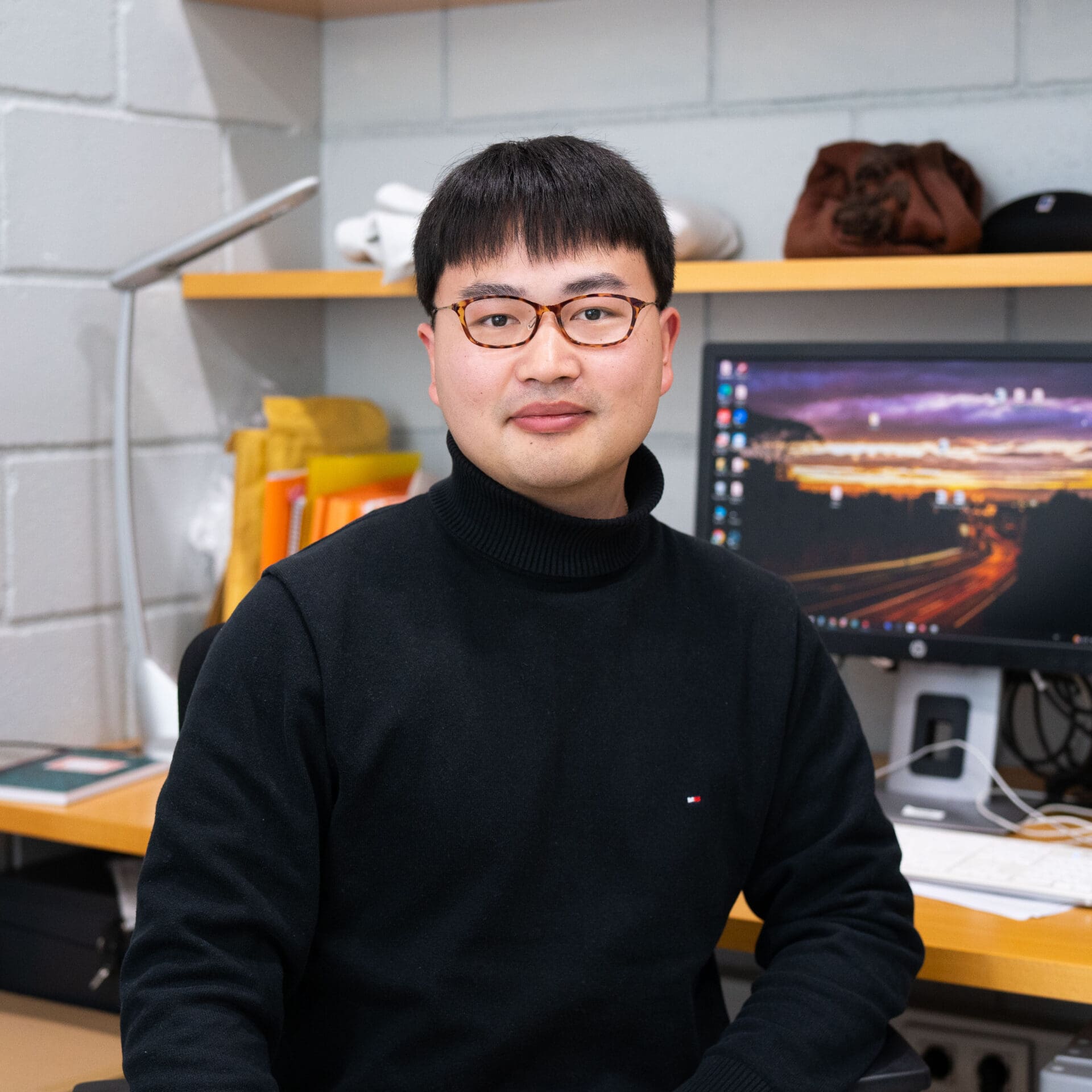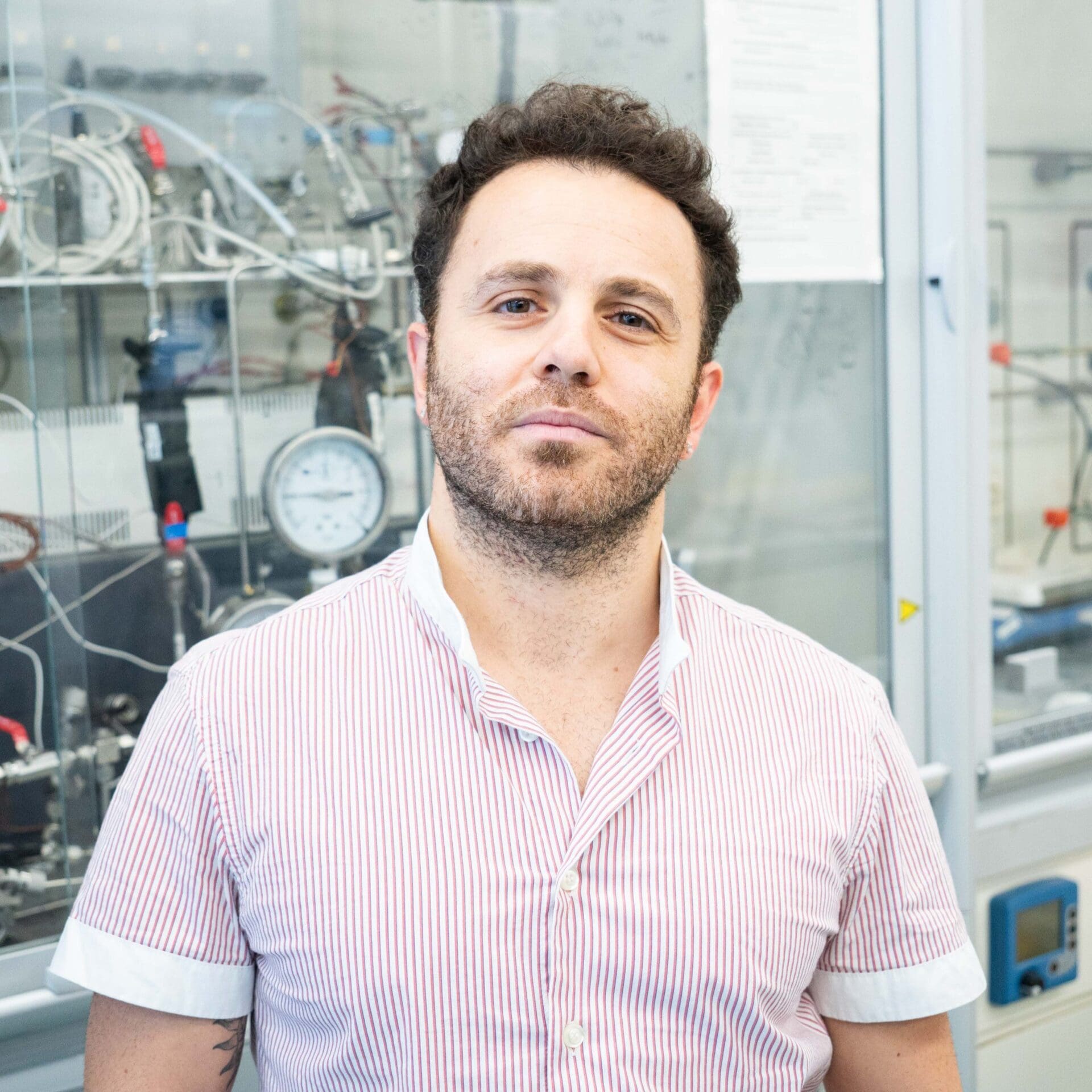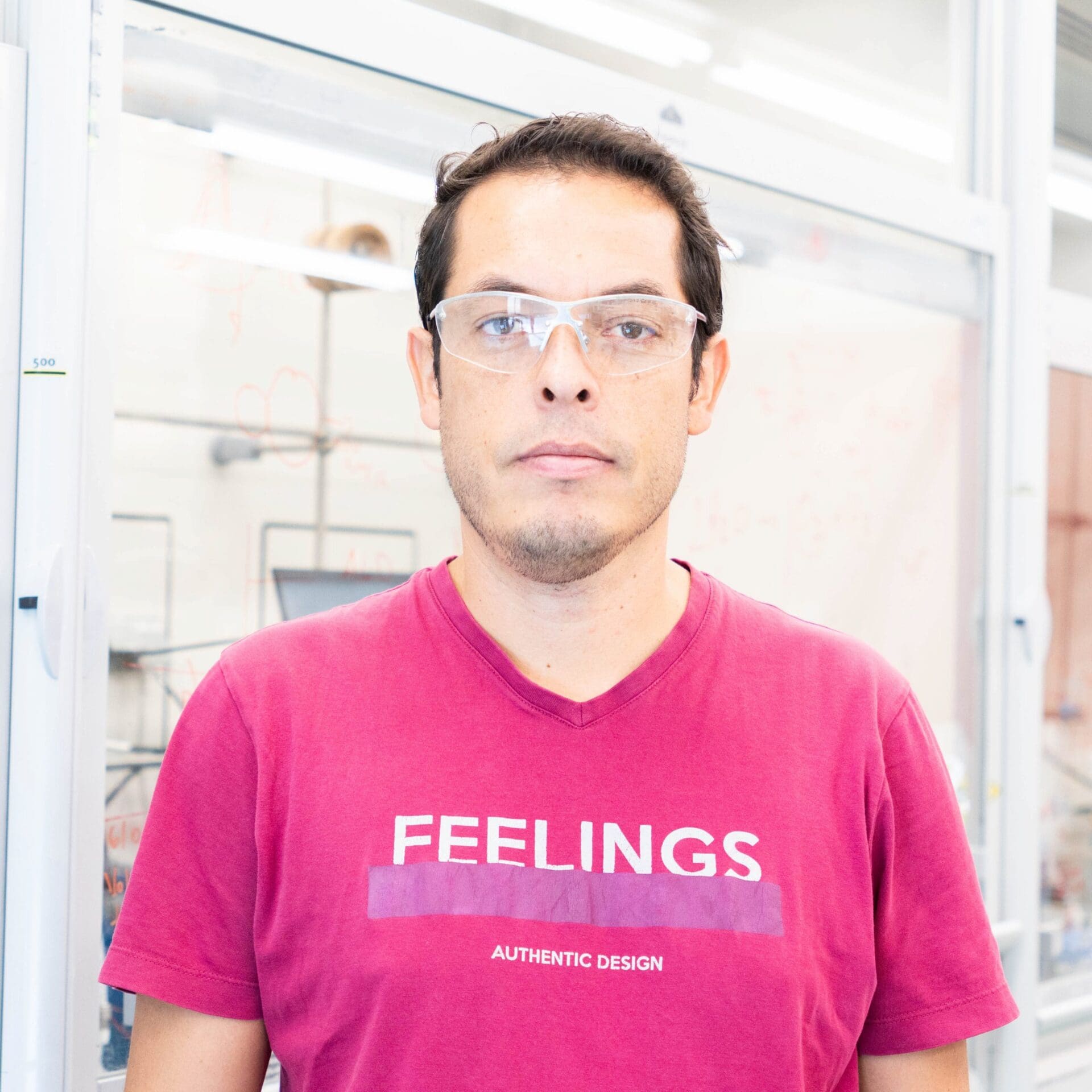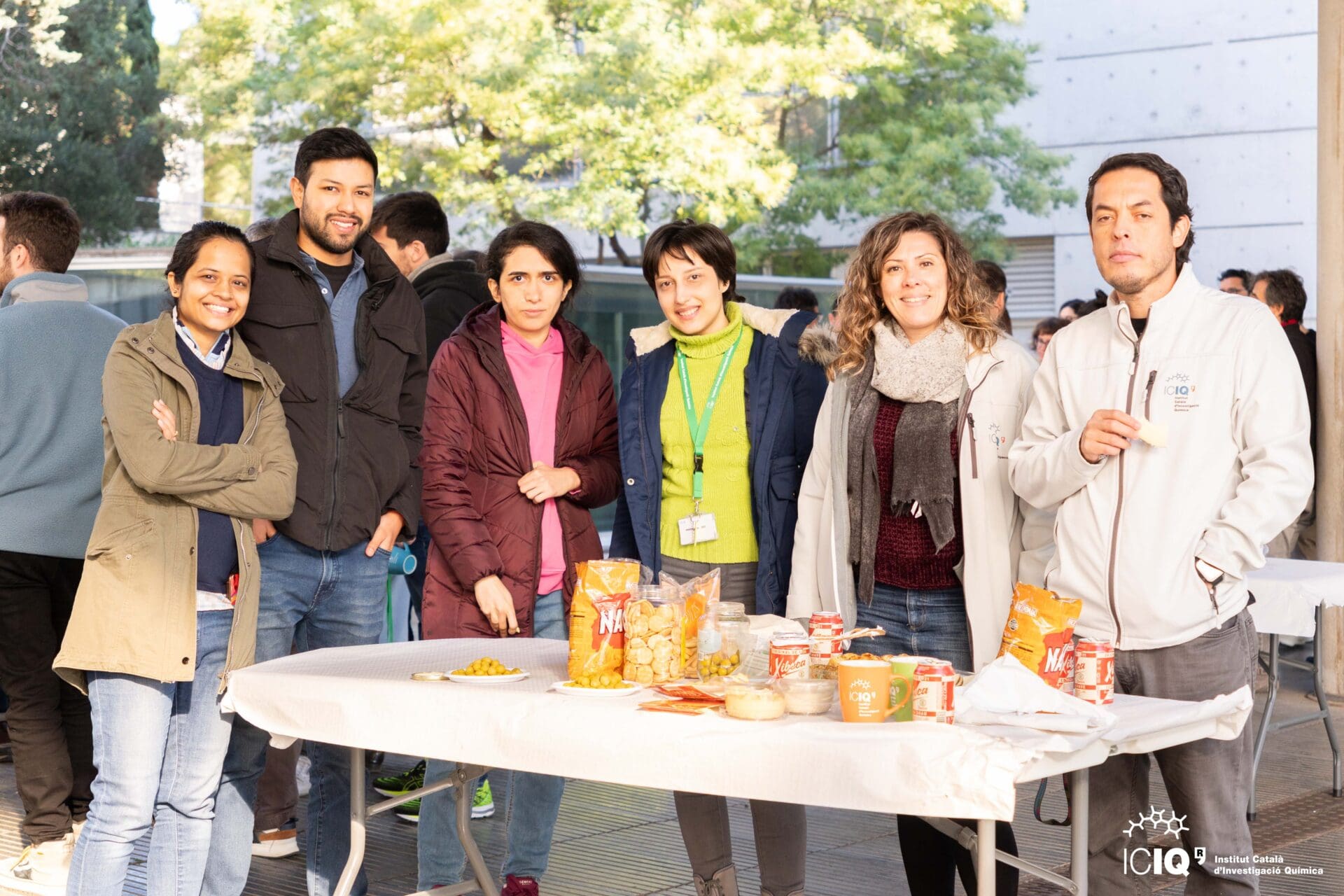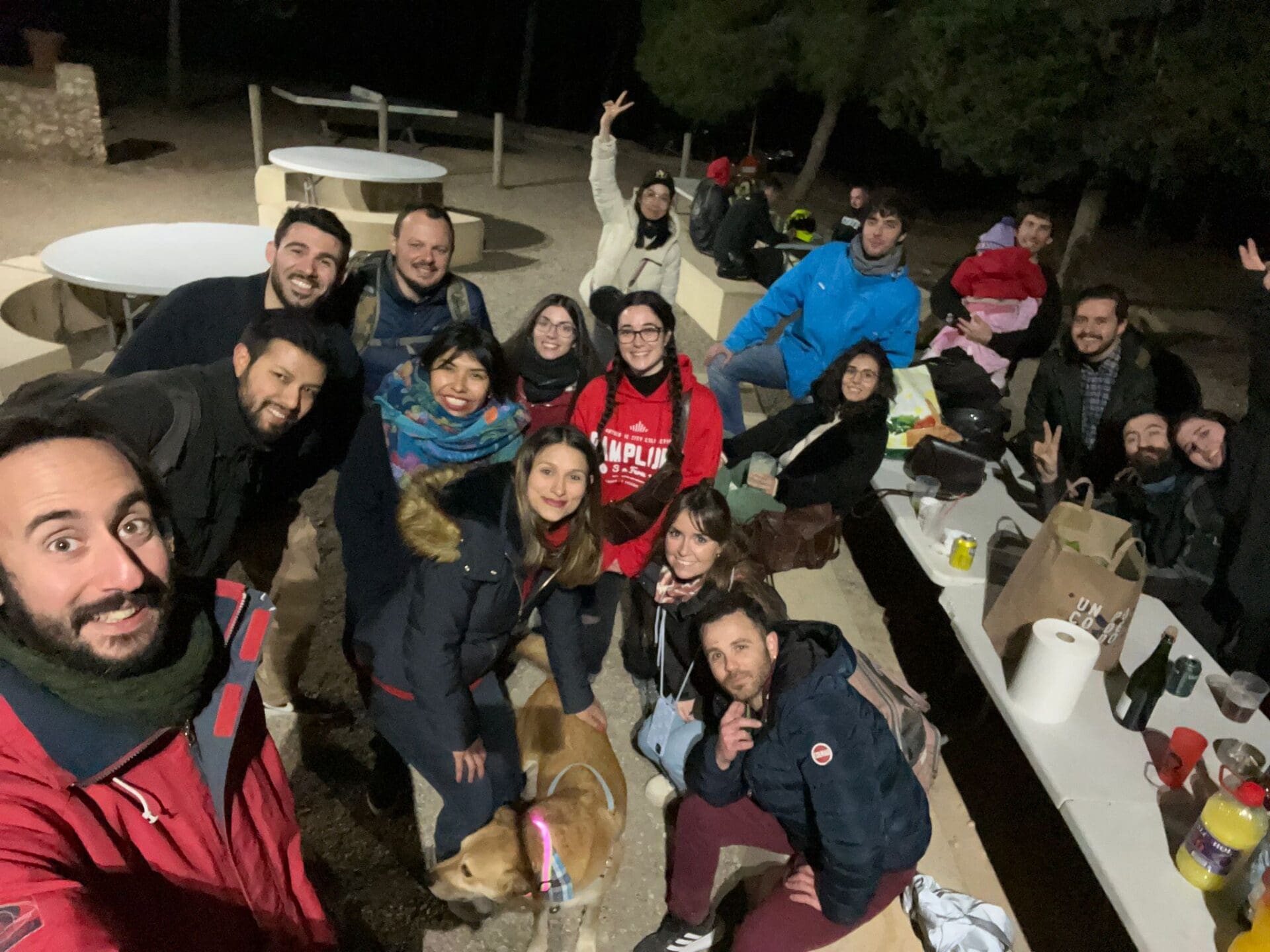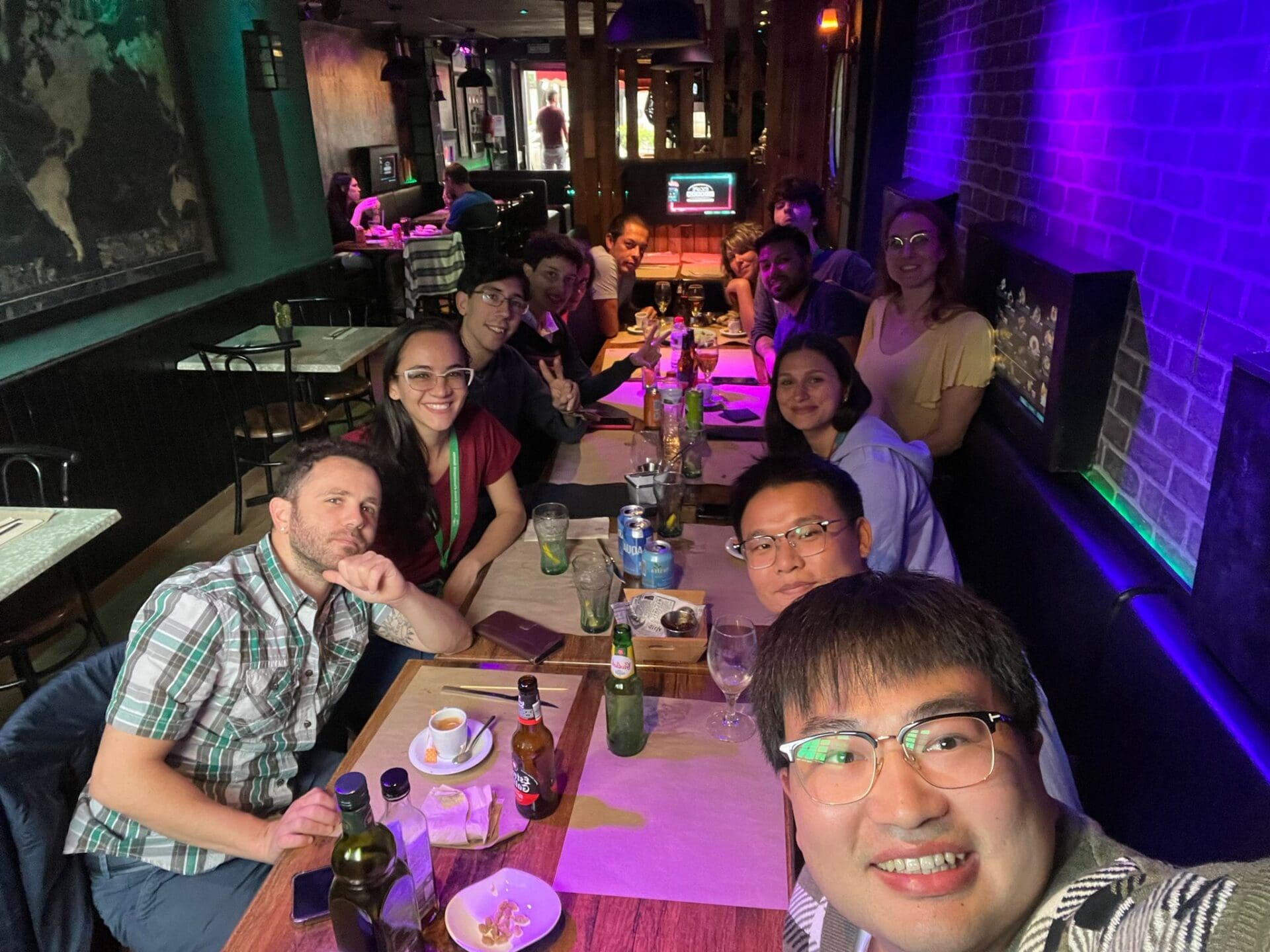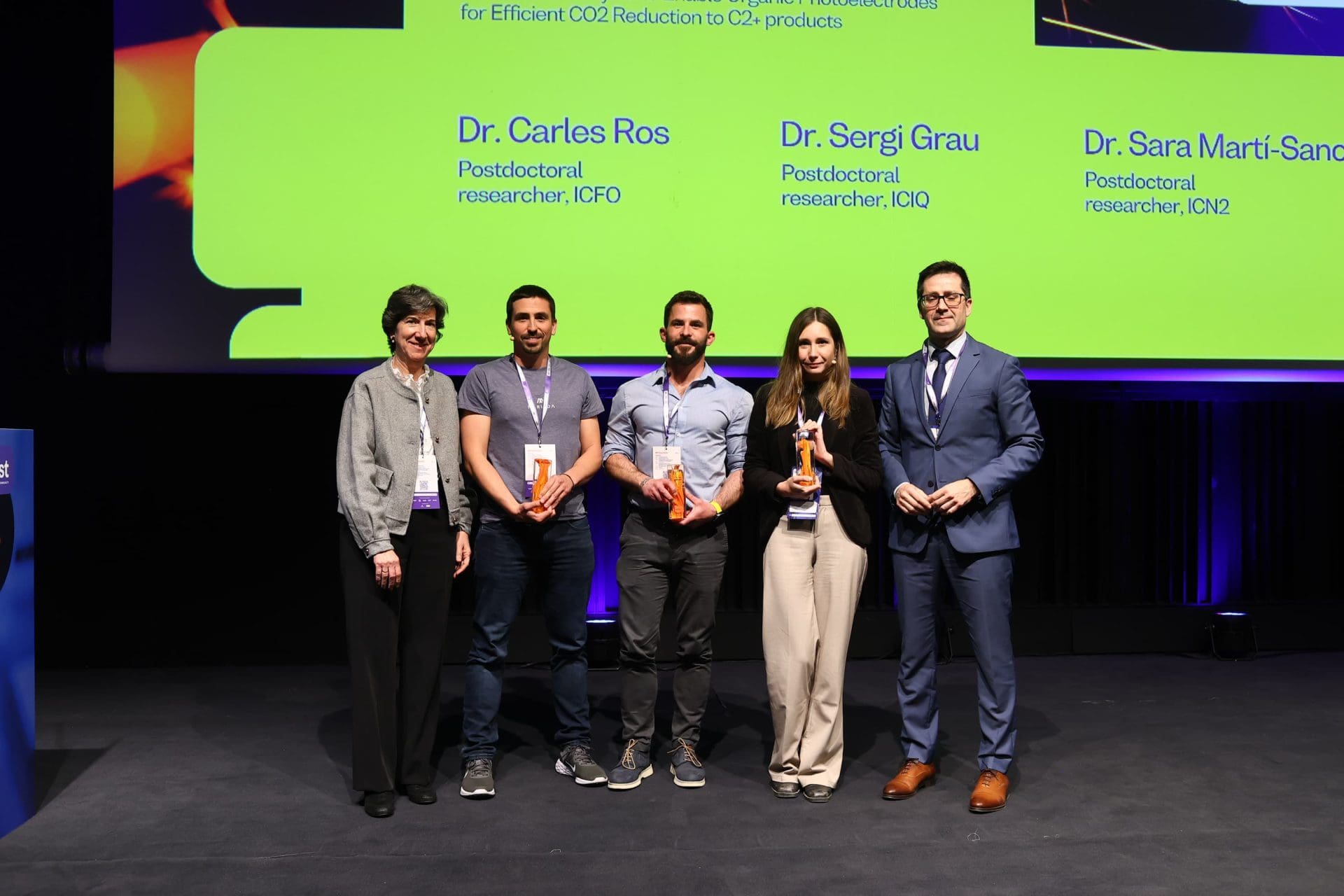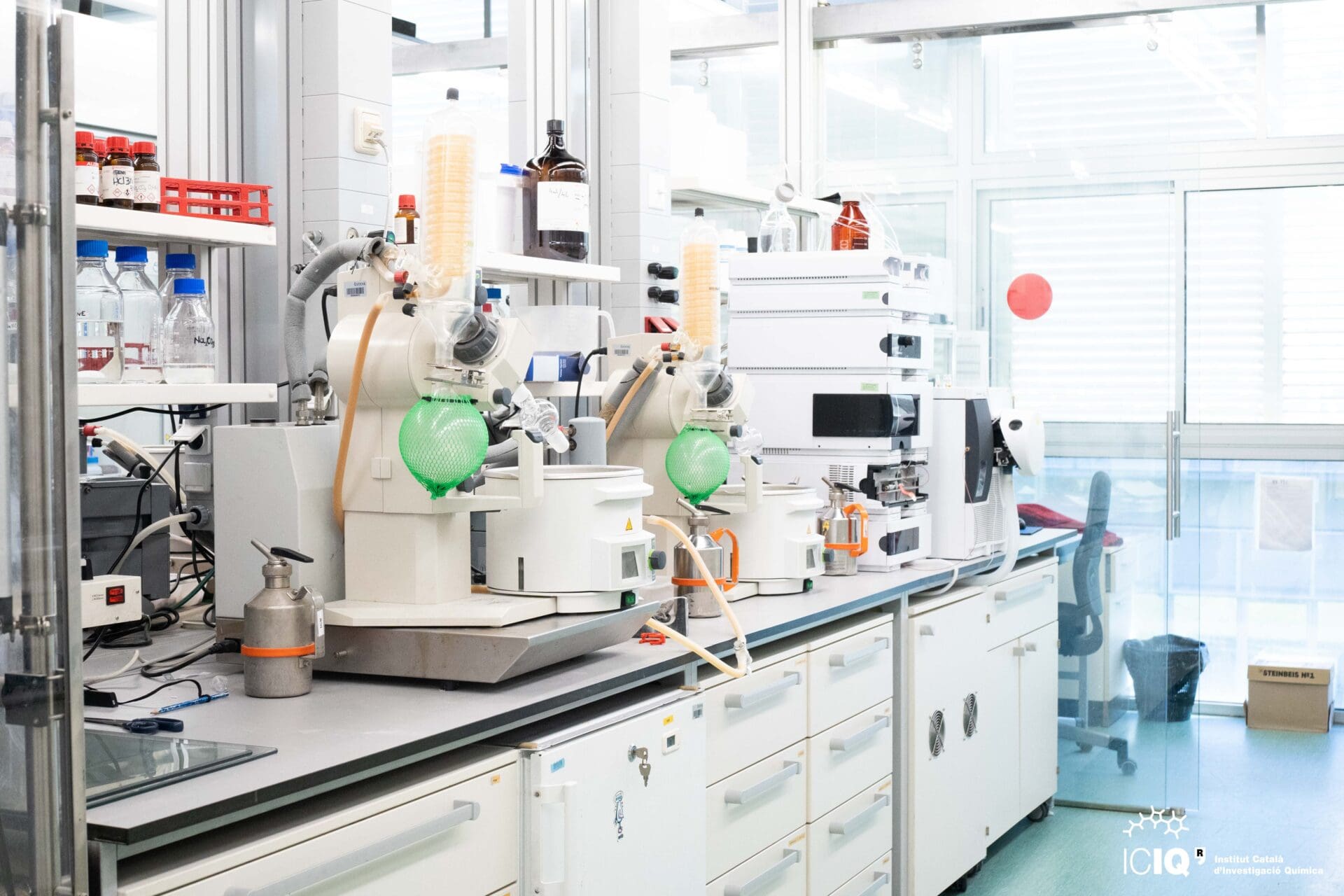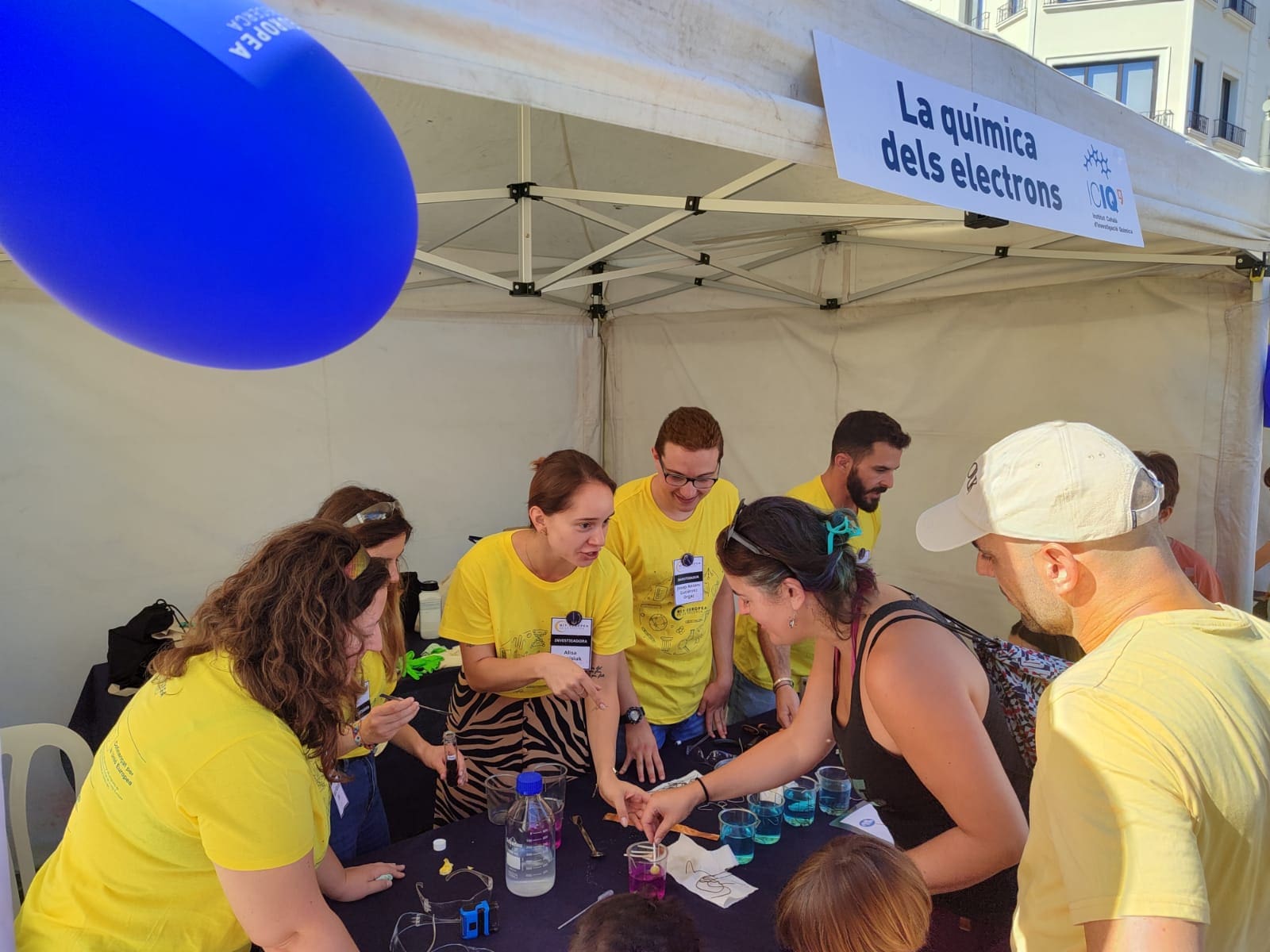- Home
- Resarch
- Research Groups
- Prof. J.R. Galán-Mascarós
Prof. J.R. Galán-Mascarós
Sustainable materials and devices for energy and chemical transformations
Research
Our aim is to exploit tools from materials science and electrocatalysis to develop processes with the potential to contribute to the decarbonization of the energy and chemical industries. Our approach intends to cover all aspects of these challenges, from the miscroscopic level of the chemical reactivity up to engineering solutions for device demonstration.
In our group we are developing new materials and applications in the fields of energy and decarbonization.
Highlighted Publications
-
2023 | Energy Environ. Sci.
An artificial leaf device built with earth-abundant materials for combined H2 production and storage as formate with efficiency > 10%
Ampelli, C.; Giusi, D.; Miceli, M.; Merdzhanova, T.; Smirnov, V.; Chime, U.; Astakhov, O.; Martín, A. J.; Petronella Veenstra, F. L.; Garcés Pineda, F. A.; González-Cobos, J.; García-Tecedor, M.; Giménez, S.; Jaegermann, W.; Centi, G.; Pérez-Ramírez, J.; Galán-Mascarós, J. R.; Perathoner, S. -
2023 | Chem.
Molecular memory near room temperature in an iron polyanionic complex
Moneo-Corcuera, A.; Nieto-Castro, D.; Cirera, J.; Gómez, V.; Sanjosé-Orduna, J.; Casadevall, C.; Molnár, G.; Bousseksou, A.; Parella, T.; Martínez-Agudo, J.M.; Lloret-Fillol, J.; Pérez-Temprano, M.H.; Ruiz, E.; Galán-Mascarós, J.R. -
2022 | Nat. Commun.
Enhancement of electrocatalytic oxygen evolution by chiral molecular functionalization of hybrid 2D electrodes
Liang, Y.; Banjac, K.; Martin, K.; Zigon, Lee, S.; Vanthuyne, N.; Garcés-Pineda, F. A.; Galán-Mascarós, J.R.; Hu, X.; Avarvari, N.; Lingenfelder, M. -
2019 | Nat. Energy
Direct magnetic enhancement of electrocatalytic water oxidation in alkaline media
Garcés-Pineda, F. A.; Blasco-Ahicart, M.; Nieto-Castro, D.; López, N.; Galán-Mascarós, J. R.
Our team
Life Group and Community
Our team is essentially multidisciplinary, and lots of fun! Science and beyond.
Job offers
| Title | Reference | Deadline | |
|---|---|---|---|
| Postdoctoral Researcher (Postdoc 2025-03 MH) | Reference: 5601050 |
|
APPLY |
| Postdoctoral Researcher (Ref: Postdoc 2025-01 BU) | Reference: 5600858 |
|
APPLY |
| ICIQ Master Projects Fellowship Programme - FIRST CALL 2025 | Reference: 5529113 |
|
APPLY |
| Scientific Group Coordinator (Ref. SC 2025-01 AE) | Reference: 5639793 |
|
APPLY |
| Postdoctoral Researcher (Ref. Postdoc 2025-02 JB) | Reference: 5600946 |
|
APPLY |

Let's create a brighter future
Join our team to work with renowned researchers, tackle groundbreaking
projects and contribute to meaningful scientific advancements
